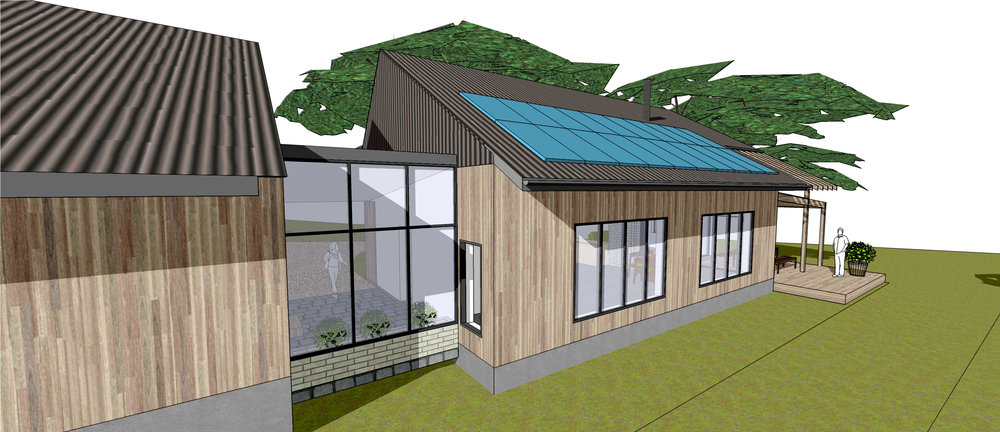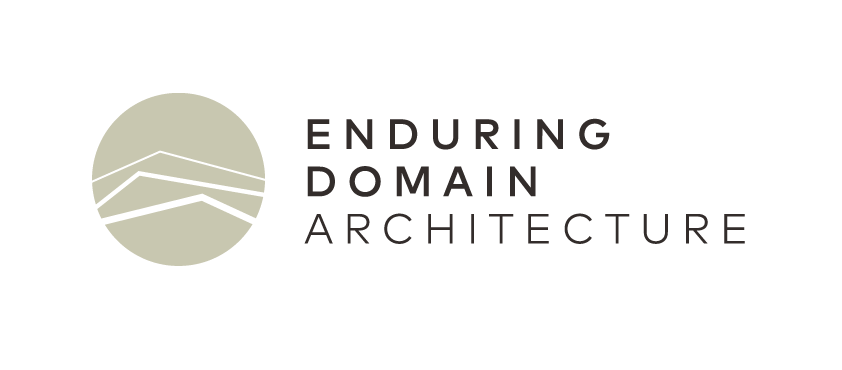
10 Oct Smart homes, smart power, smart people
As featured in Secrets Magazine Spring 2018 issue
When it comes to home building and renovating, there has never been a more active time for trends in aesthetic design. Thankfully there is also momentum gaining for ideologies on the function of our homes. As the cost of living and the price of housing continues to rocket ever skywards, finally we are deciding to become more smart about how our homes might better work for us, to keep us warm and to power our myriad of appliances and devices which are now commonplace in modern life.
One such ideology is the all-electric home. That is the modern energy efficient home which functions entirely on electricity to provide all our heating, cooling and hot water needs, as well as charging all the gadgets. Now, with power prices the way they are, why would we get excited about a home that runs entirely on dirty, polluting expensive electricity? Cheap solar power is the answer!
In a recently launched Victorian Government program The Solar Homes Package, low income households can benefit from up to a 50% rebate for the value of a 4kW photovoltaic solar power system. Such a system could supply all the annual energy requirements for a typical household, but that doesn’t necessarily equate to zero bills.
“The real challenge is matching solar generation to the time of use” says Enviroshop Newstead manager Frank Forster. “It’s not so great to export your unused power during the day at 9.9c/kWh, only to have to buy it back in the evening at 30c/kWh. Batteries are the answer but still have a high up front cost.”
I recall a statement from permaculture co-founder David Holmgren from around 15 years ago which has stuck in my mind, that the greatest generator of renewable energy would be to simply reduce energy consumption. While I think our civilisation has gone way past ever using less energy, if we can be more responsible for meeting our own power needs then this goes a long way toward reducing reliance on fossil fuel generated electricity.
As incentive schemes such as this become more popular, equipment costs which were once barriers begin to fall and we see much more freely generated electricity being exported back into the national power grid, which would hopefully mean cheaper power for all.
Unfortunately for renters this scheme is unlikely to bring any joy. Nobody wants to install such equipment on a building they do no not own. So while owner occupiers may be able to reap the benefits of clean affordable power, the challenge to provide the same standard of accommodation for the more than 30% and growing of Australia’s population who rent* continues.
*2016 ABS Census




No Comments